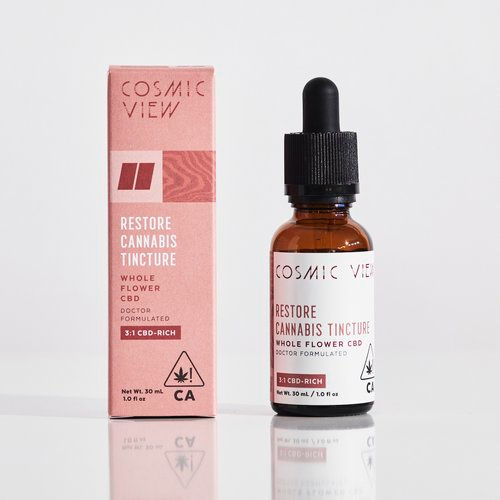
CANCER
Each year, approximately 928,000 women ages 18 and older in the USA are diagnosed with cancer or undergoing related treatments. The top three cancers affecting women are breast cancer, lung cancer, and colorectal cancer. While we dive deeper into specific symptoms like neuropathy, inflammation, and pain on other "Best For" pages, here we'll discuss the promising anti-proliferative effects of cannabis and how people use it to assist them on their journey battling cancer.
Cannabis and Cancer: A Ray of Hope
5 MIN READ/ WRITTEN BY THE OUI STAFF / PUBLISHED ON : FEBRUARY 15, 2024
Let's break down three important aspects of cannabis use in cancer care
THC and CBD: The Power Pain Fighters
Many patients find that CBD relaxes them while THC boosts appetite and reduces pain. For immediate support, many turn temporarily to vape pens or flower. Both act quickly to alleviate some of the harsher effects of both the cancer and its treatments.
Promising Anti-Proliferative Effects
Current research indicates that CBG, CBC, THCv, THCA, and CBD all show promise as anti-proliferative agents. While research is still in early stages, these findings are encouraging. These cannabinoids may interact with cancer cells in ways that could potentially slow their growth or spread.
A Brief History of Cannabis and Cancer in the USA
The use of medical cannabis for cancer patients in the USA began officially in 1996 when California became the first state to legalize medical marijuana. Since then, a growing body of research has explored the potential benefits of cannabis in cancer care, from symptom management to possible anti-tumor effects.
How Cannabis Can Help
Cannabis interacts with the body's endocannabinoid system (ECS), which plays a role in various physiological processes, including pain sensation, appetite, and mood. For cancer patients, this interaction can potentially help manage symptoms and side effects of treatments.
The main cannabinoids in cannabis affect the body in different ways
-
THC binds directly to cannabinoid receptors and can help with pain, nausea, and appetite stimulation.
-
CBD doesn't bind directly to these receptors but may help reduce inflammation and anxiety and the resultant erosive effects on the healing body.
While cannabis shows promise in supporting cancer patients, it's crucial to remember that it's not a cure for cancer. Always consult with your oncologist before incorporating cannabis into your treatment plan. They can help you understand potential interactions with your current treatments and find the right balance for your specific situation.
Stay tuned – OUI is staying on top of the latest research and will update this guide regularly with information you can trust and share with your doctors and friends.
*Footnote: Cancer is defined as a disease in which some of the body's cells grow uncontrollably and spread to other parts of the body. There are many types of cancer, each typically named for the organs or tissues where they form.
Talk to your doctorCheck out our Research, and share info with your medical professional



































